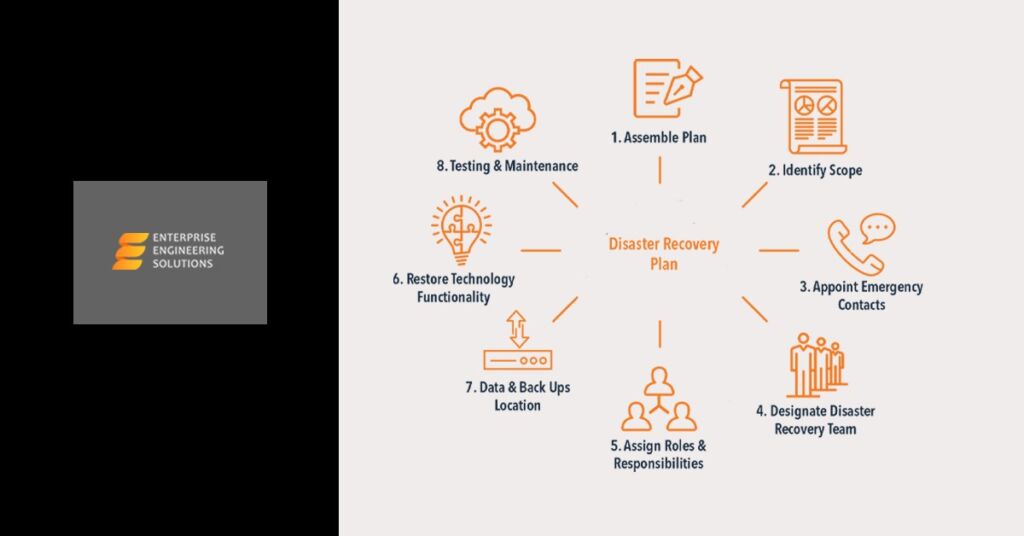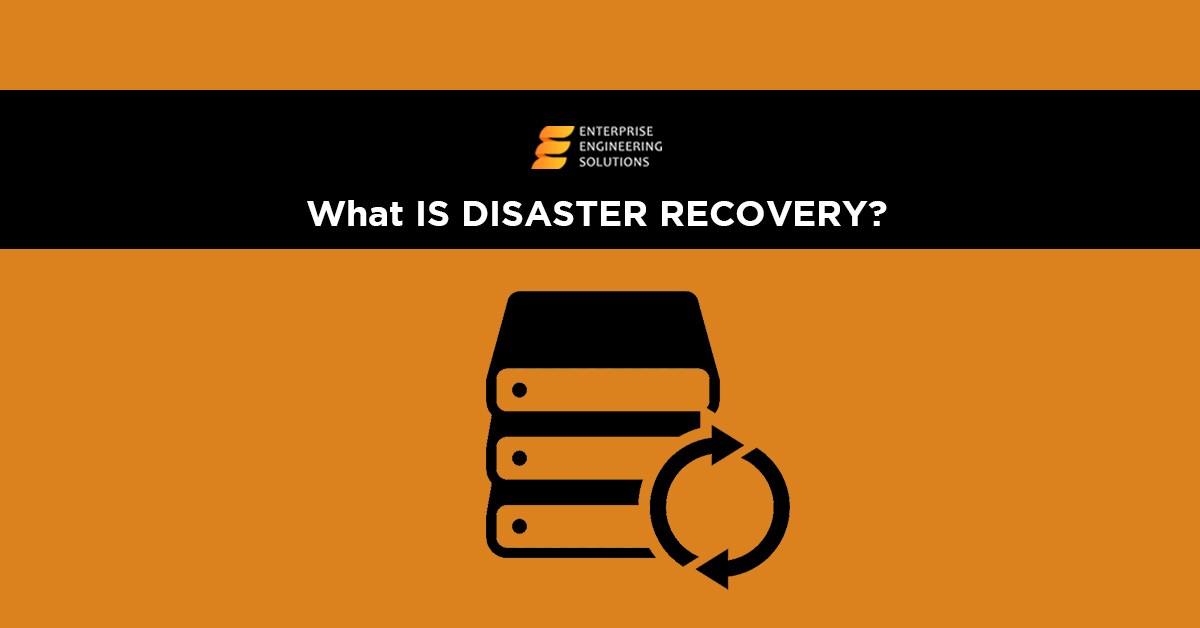Disaster recovery refers to the method and techniques employed by an organization to keep and maintain access and control over its IT infrastructure even after a disaster happens, whether natural or cyberattack, including business distortions caused by COVID-19. A disaster recovery plan is a crucial component of business continuity. You can employ a variety of disaster recovery (DR) methods to stay aloof from all disasters. Disaster recovery uses data replication techniques and computer processing in a remote data center that the disaster cannot affect. Whenever servers a disaster causes servers to go down, such as cyber-attacks or equipment failure, businesses need a secondary location to recover lost data from a backup server.
Businesses can also transfer computer processing to a remote server to ensure round-the-clock uptime and continue operations.
What is Disaster Recovery & its Benefits?
No business should take the risk of ignoring disaster recovery techniques. The two most essential advantages of a proper disaster recovery plan include:
Fast Recovery
A company can resume operations quickly after a disaster.
Cost Savings
Disaster recovery can help businesses save thousands or even millions. Sometimes it also determines whether a company survives a disaster or cannot recover and shuts down.
What are the Different Disaster Recovery Techniques?
There are many disaster recovery techniques that businesses can choose, or combine several to make an ultimate solution:
Disaster Recovery as a Service
DRaaS vendors migrate an organization’s data and computer processing to its cloud infrastructure. It allows businesses to continue operations seamlessly from the vendor’s location, even if an organization’s servers are down.
Backup
This simple disaster recovery method focuses on the storage of data remotely or using a removable disk. Still, backing up your information barely contributes to business continuity because the network infrastructure itself remains untouched.
Cold Site
This type of disaster recovery involves setting up basic business network infrastructure in a secondary facility. It ensures that employees still have a space to work, even after a fatal disaster. Cold sites help with business continuity by allowing operations to carry on. However, it lacks the provision to protect or recover sensitive data. Therefore, you can combine this technique to develop a more effective disaster recovery strategy.
Hot Site
A hot site helps maintain updated copies of data and files around the clock. However, setting up a hot site can be time-consuming and more costly than cold sites. Still, it dramatically reduces downtime.
Instant Recovery
Instant recovery works like point-in-time copies. However, instant recovery makes copies of the entire virtual machine instead of copying a database alone.
Back-Up as a Service
Like remotely backing up data, Back-Up as a Service involves delivering backup storage to businesses by a third-party provider.
Virtualization
Businesses can back up certain operations or replicate an entire computing environment on cloud virtual machines, safe from physical datacentre disasters. It enables the automation of recovery processes and restores functions faster.
Datacenter Disaster Recovery
Physically protecting a data center can preserve and enhance cloud disaster recovery in specific disasters. Some of these techniques include fire suppressors, which prevent data and infrastructure loss when there’s a fire. Also, backup power supplies guarantee uptime even when there is a power outage.
Point-In-Time Copies
Point-in-time copies/snapshots are backup files of an organization’s database made at given intervals. Users can restore data using the shared copies if they are off-site or unaffected by the disaster.
Building An Effective Disaster Recovery Plan

- Get A Disaster Recovery Team: Businesses must assign specialists to create, manage, and implement disaster recovery plans. An effective recovery plan carefully defines the roles and responsibilities of team members. It also outlines proper communication channels for the recovery team, vendors, employees, and customers.
- Identify Business-Critical Assets: An effective disaster recovery plan includes detailed documentation of all the critical resources, applications, systems, and data, including the recovery steps.
- Backups: Businesses must determine beforehand what data needs backing up and ensure that people explicitly perform backups. An effective backup includes a recovery point objective (RPO) to underline the frequency of backups and a recovery time objective (RTO) to define the maximum amount of downtime.
- Testing and Optimization: A business’ data recovery team should perform continuous tests and strategic updates to keep up with changing threats and business needs. It can help ensure that an organization stands firm against disasters.
- It’s crucial that organizations consistently test and optimize data protection strategies.
- Risk Evaluation: Businesses must carefully assess the potential risks they may encounter. There must be a strategy to determine the actions and resources needed to resume business in the event of an attack or disaster.
Planning For Disaster Recovery and Business Continuity
A network outage can significantly affect business operations, especially with the current pandemic in effect. Your plan should include people and not just focus on technology. The pandemic has asserted that business teams need support and proper resources for effective productivity. Ensure that you have a solid strategy to provide these elements to all employees, more so remote workers.
You can also include some additional cloud, software-as-a-service solutions to increase efficiency and enhance flexibility. It also reduces the burden of relying on a single data center. You can add infectious diseases and potential risks to your business’s disaster recovery plan. An effective strategy for such an emergency can help ensure that things get handled smoothly without affecting business operations.
EES is bringing ultimately flexible, affordable, and secure cloud computing consulting services where you can scale up and down the features per your business needs. Migrate your infrastructure to our cloud platforms to enjoy unparalleled performance!



